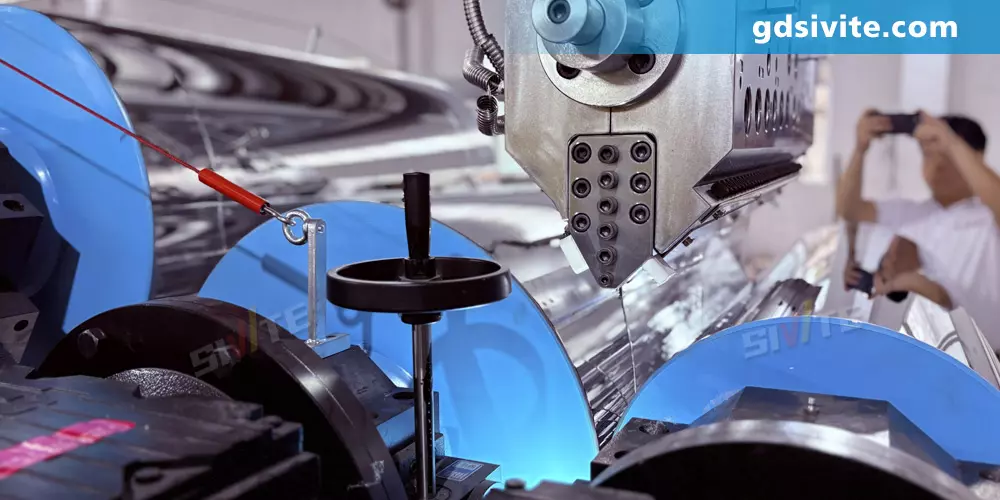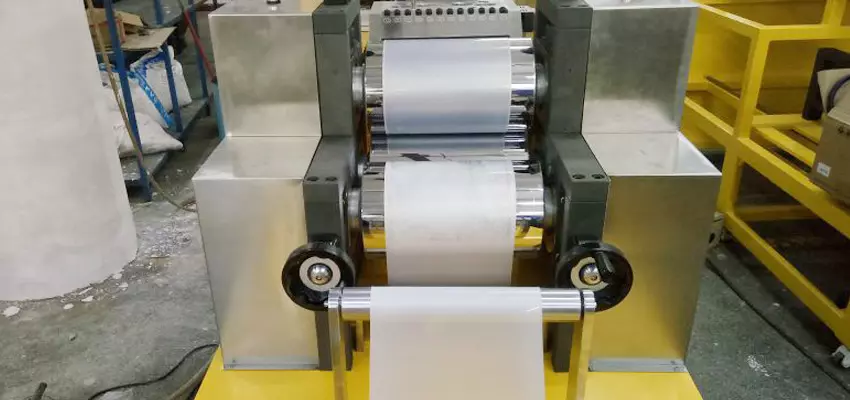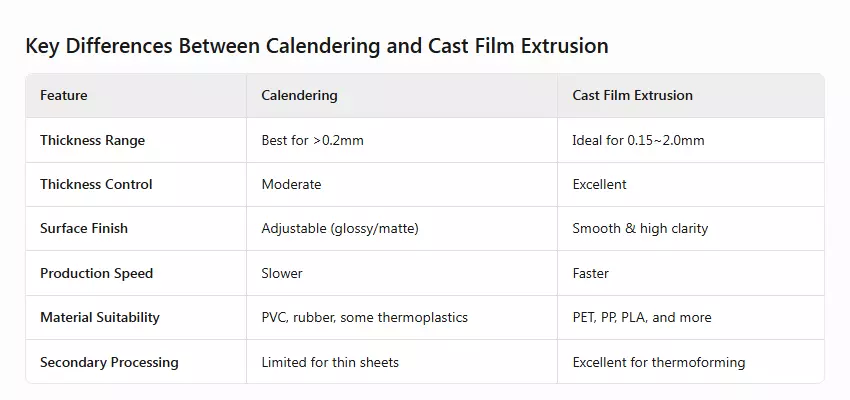Plastic Sheet Extrusion: The Difference Between Calendering and Casting
In the world of plastic sheet extrusion, two primary methods are used to produce thin plastic sheets: calendering and cast film extrusion (or cast sheet extrusion). Both techniques are widely employed in manufacturing PET, PP, and PLA sheets, but they differ significantly in process mechanics, product characteristics, and applications. For sheets with a thickness range of 0.15~2.0mm, cast film extrusion is often preferred due to its superior thickness uniformity, high precision, and better suitability for secondary processes like thermoforming.
Introduction to Plastic Sheet Extrusion Methods
Plastic sheet extrusion involves the process of shaping molten plastic into a sheet form, typically used in packaging, automotive, foodmedical, and other industries. The two primary methods for extruding plastic sheets are calendering and casting. Each technique has distinct advantages depending on the desired sheet thickness, material properties, and production needs. Understanding these differences is essential for manufacturers to optimize their production lines and achieve the best results.

What Is Calendering in Plastic Sheet Extrusion?
Calendering is a continuous process where molten plastic is passed through a series of heated rollers to form a sheet of uniform thickness. This method is commonly used for thicker plastic sheets and films, typically above 0.2mm, but can also produce thinner sheets with adjustments.
Key Features of Calendering:
> Thickness Range: Best suited for sheets above 0.2mm.
> Surface Finish: Can produce glossy or matte finishes depending on roller texture.
> Material Compatibility: Works well with PVC, rubber, and some thermoplastics.
> Production Speed: Generally slower compared to cast film extrusion.
However, calendering may struggle with ultra-thin sheets (below 0.2mm) due to limitations in maintaining precise thickness control.
What is Casting in Plastic Sheet Extrusion?
cast sheet extrusion (or Cast film extrusion ) involves extruding molten plastic through a flat die, which is then cooled on a chilled roller to solidify into a thin sheet. This method is highly favored for producing **PET, PP, PS, and PLA sheets** in the **0.15~2.0mm** range because of its exceptional dimensional accuracy.

What is the optimization of extrusion casting?
● Thickness Uniformity: Provides excellent consistency, crucial for thermoforming and other precision applications.
● High Clarity & Smoothness: Ideal for optical-grade films and food packaging.
● Material Versatility: Works efficiently with PET, PP, PLA, and other engineering plastics.
● Faster Cooling & Higher Output: More efficient for large-scale production.
Due to these benefits, cast sheet extrusion is the preferred choice for thin-gauge plastic sheets used in thermoforming, packaging, and medical applications.

Why Choose Cast sheet Extrusion for PET, PP, and PLA Sheets?
For manufacturers producing thin plastic sheets (0.15~2.0mm), cast sheet extrusion offers several advantages:
1. Superior Thickness Control – Ensures consistency for high-precision applications.
2. Better Thermoforming Performance – Reduces defects in secondary processing.
3. Higher Production Efficiency – Faster cooling and output rates improve cost-effectiveness.
4. Wider Material Compatibility – Works seamlessly with PET, PP, and PLA, making it ideal for food packaging, disposable products, and biodegradable films.
Given these benefits, most plastic sheet extrusion lines processing PET, PP, and PLA opt for cast film extrusion when thin, high-quality sheets are required.
Why choose SIVITE EXTRUSION's equipment?
SIVITE EXTRUSION is a globally trusted leader in plastic sheet extrusion, serving clients in over 80 countries with thousands of customized solutions. Our advanced extrusion technology ensures high precision, durability, and efficiency for diverse industrial applications. With decades of expertise, we tailor solutions to meet unique requirements—whether for packaging, construction, or specialty materials. SIVITE’s commitment to innovation, quality control, and sustainable production makes us the preferred partner worldwide. Choose SIVITE for reliable machinery, expert support, and a proven track record in delivering excellence across industries.
Conclusion or Recommendation
While both calendering and cast film extrusion are essential methods in plastic sheet extrusion, the choice depends on thickness requirements, material type, and end-use applications. For PET, PP, and PLA sheets in the 0.15~2.0mm range, cast film extrusion remains the dominant choice due to its precision, efficiency, and superior thermoforming performance.
